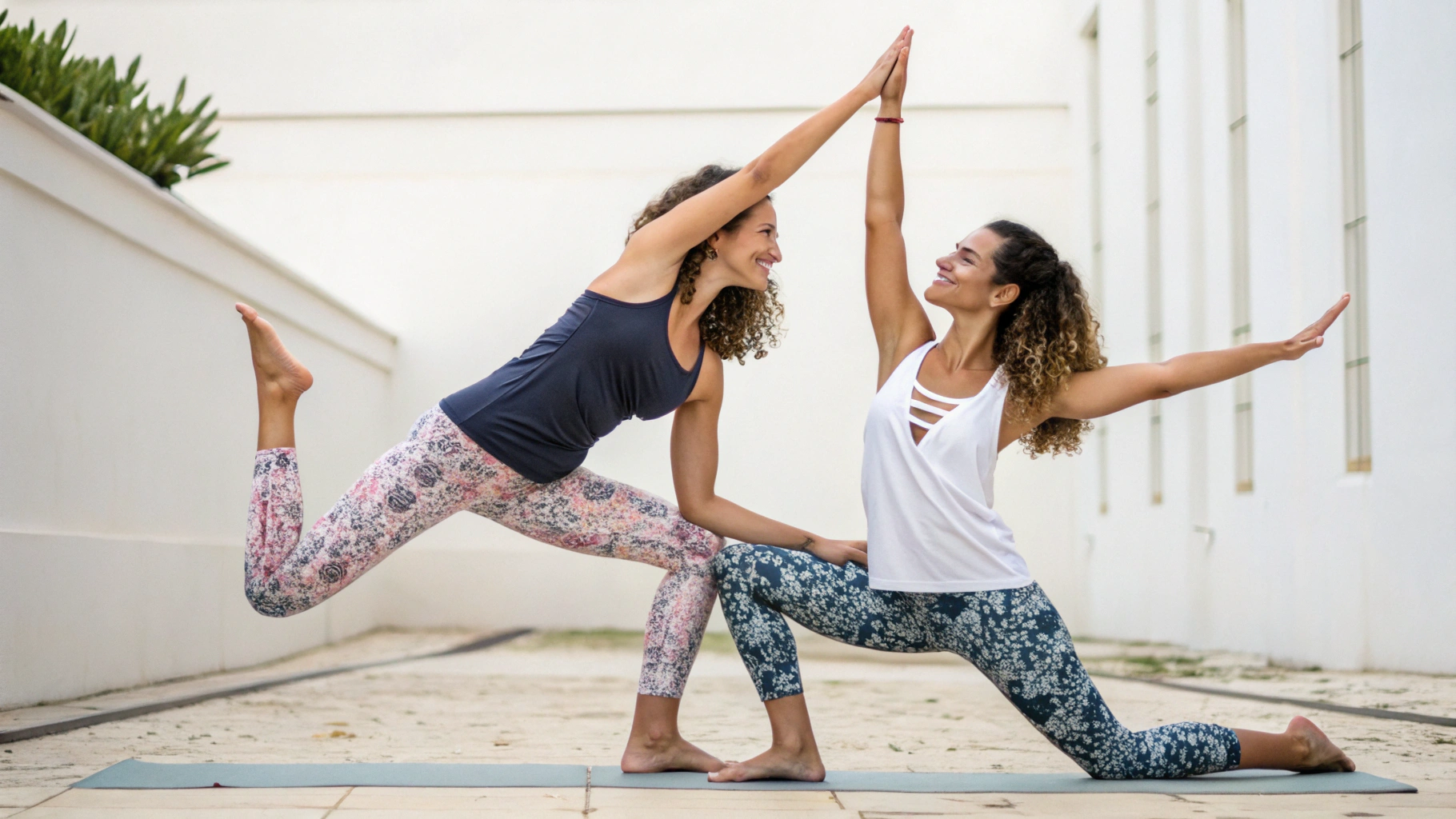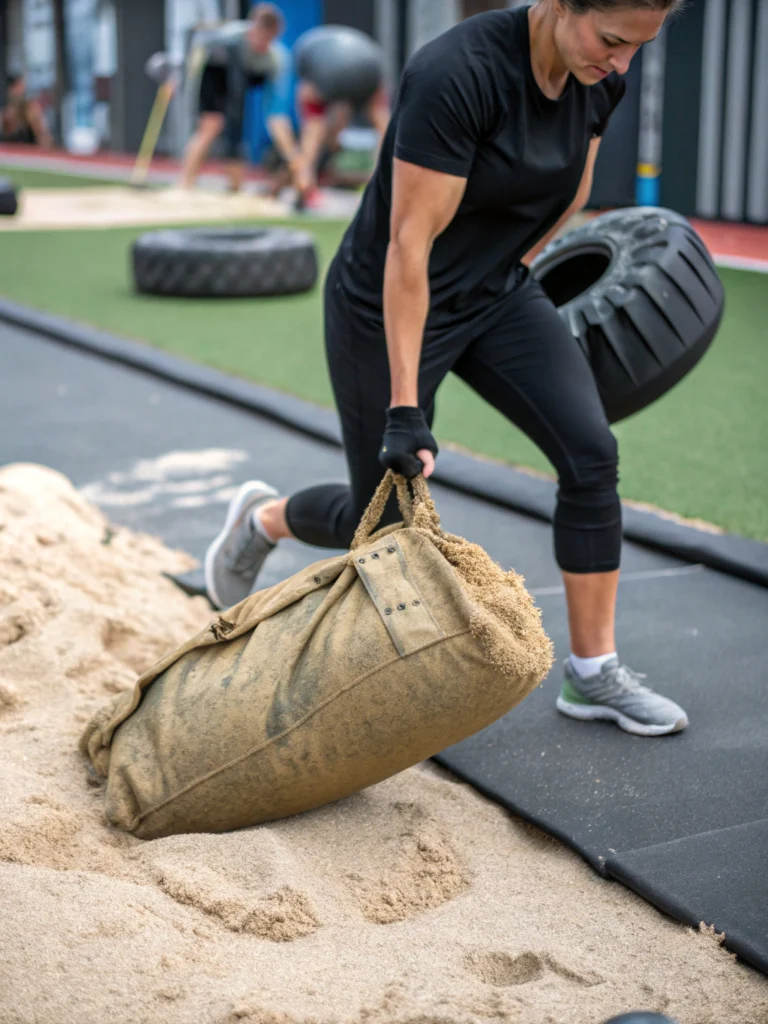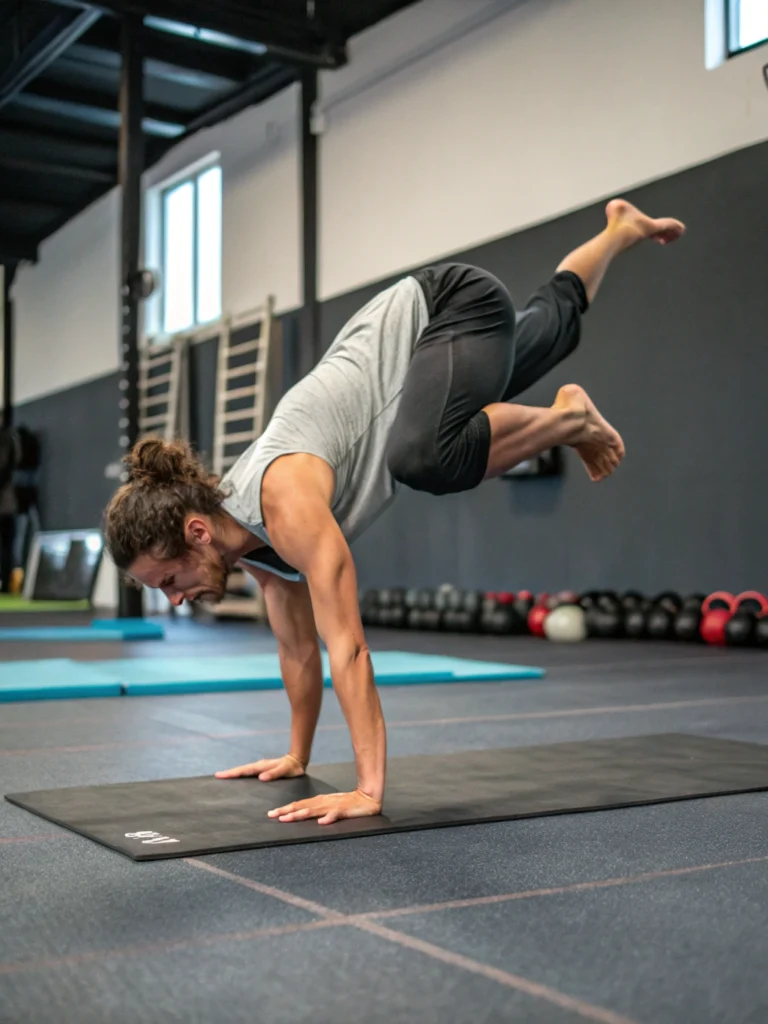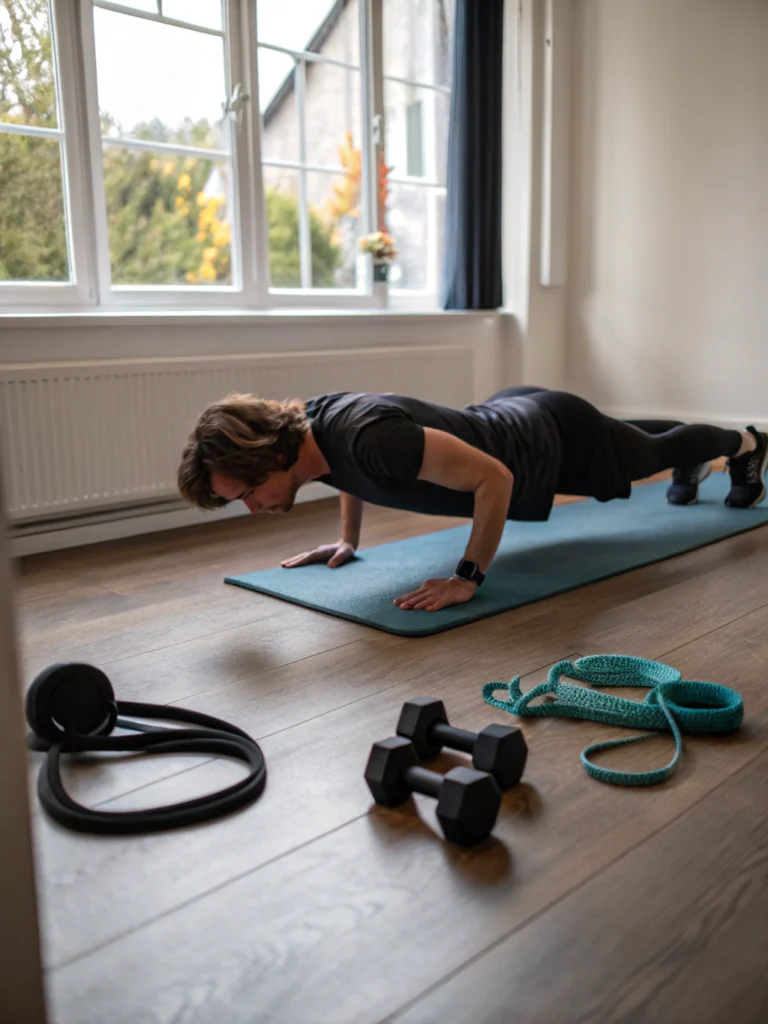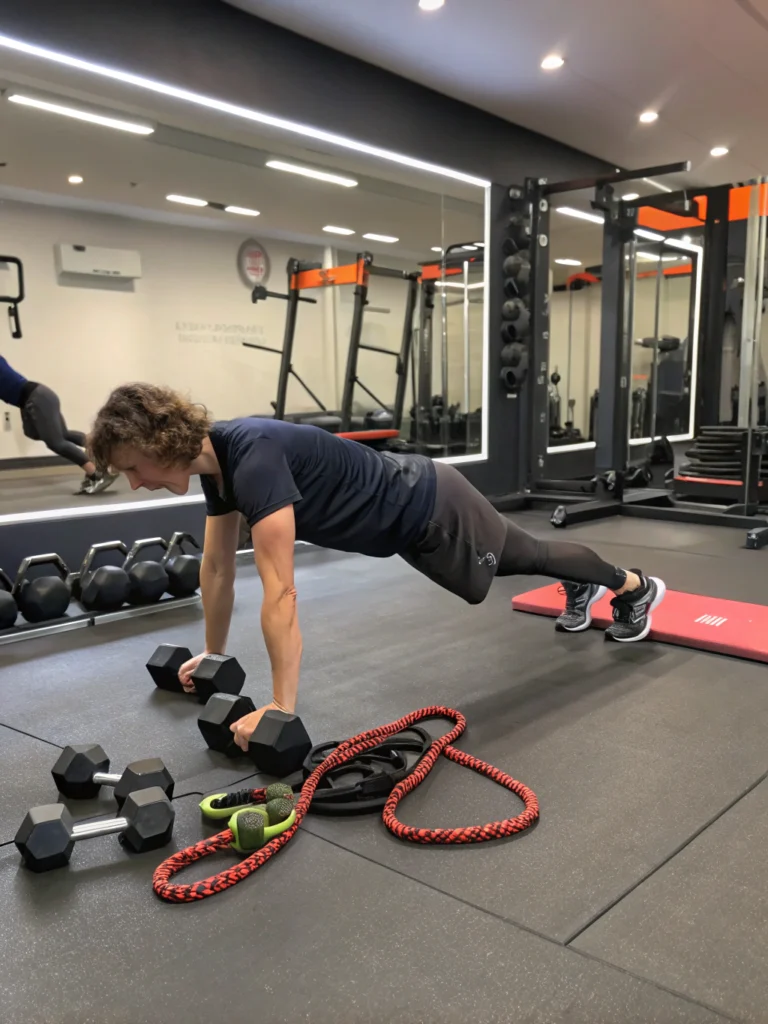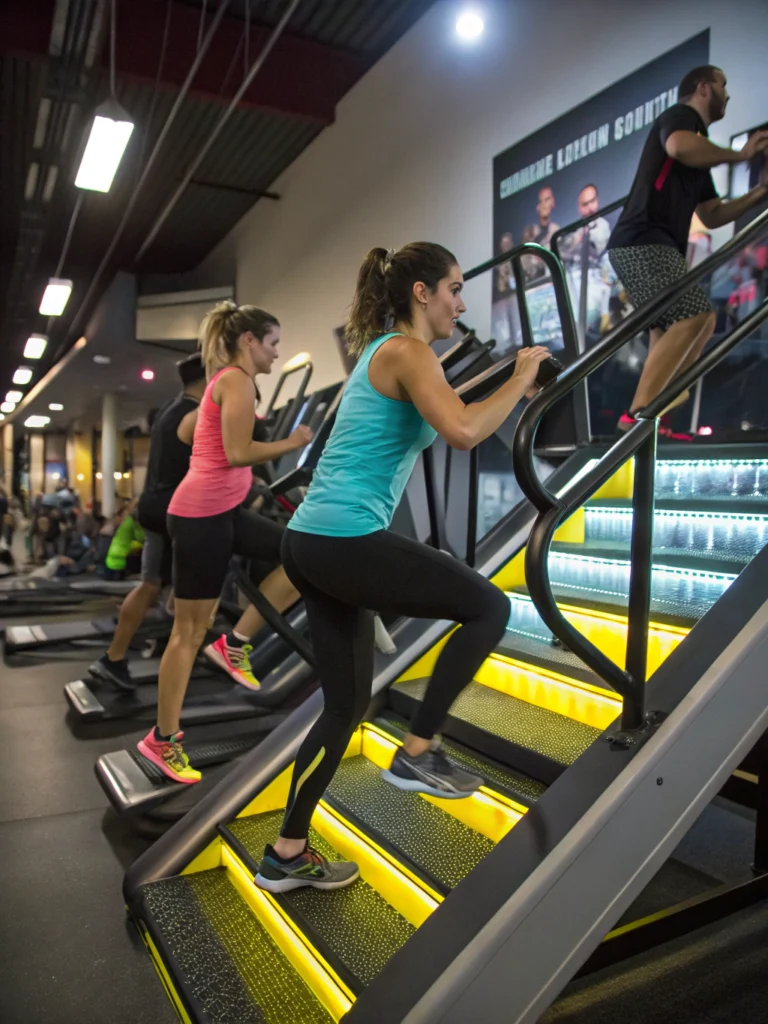Easy BFF 2 Person Yoga Poses: 7 Fun Ways To Bond While Stretching
Looking to strengthen your friendship while getting fit? Explore these easy bff 2 person yoga poses that combine fun with flexibility. Perfect for beginners seeking connection through movement. Try today!
Main Topic Overview
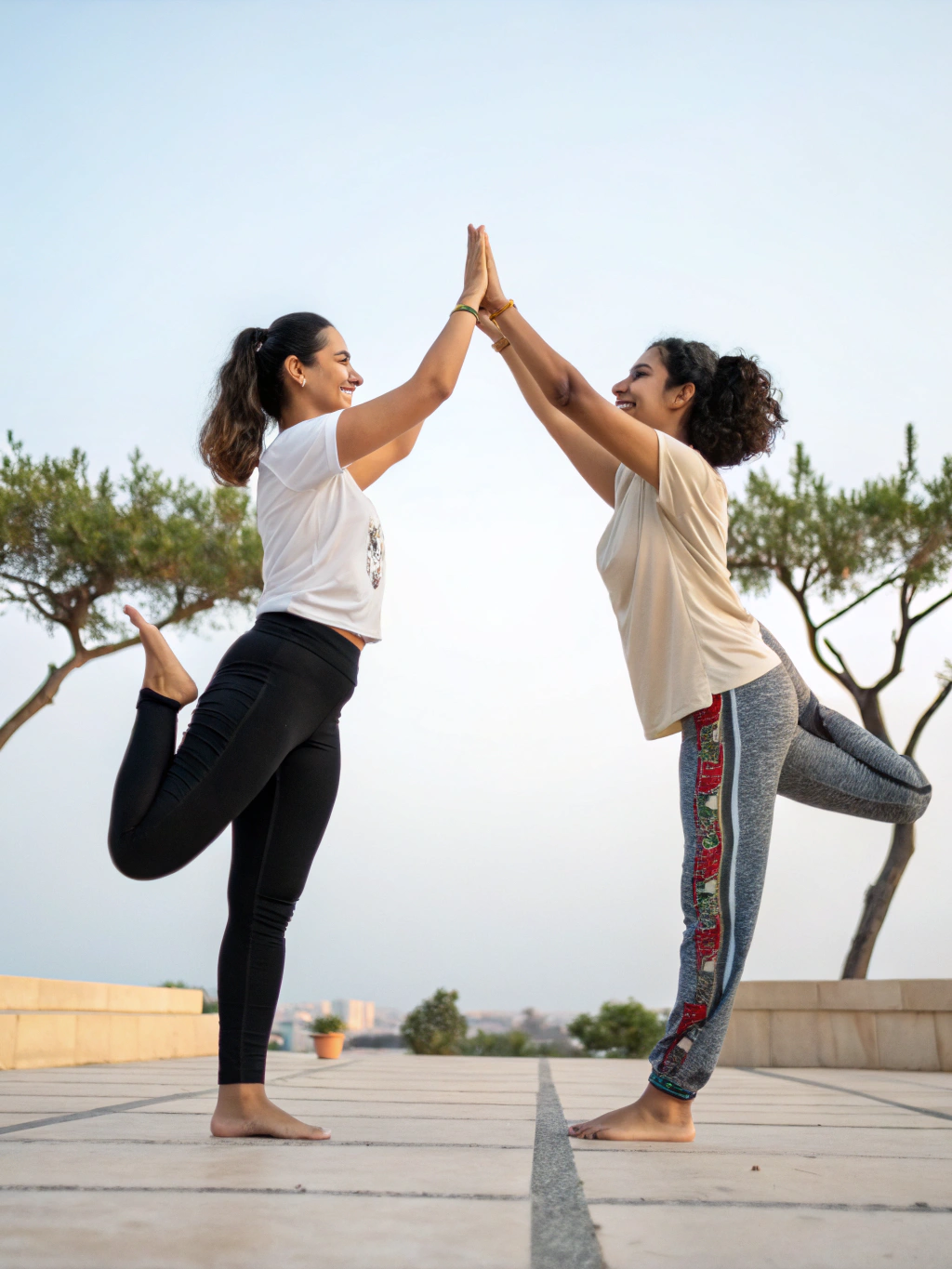
Friendship and fitness make a powerful combination. According to a recent study by the American Psychological Association, exercising with a friend increases motivation by up to 40% and enhances enjoyment of physical activities. Easy bff 2 person yoga poses offer the perfect opportunity to strengthen both your body and your relationship simultaneously. These accessible partner poses don’t require advanced yoga skills—just a willing friend and an open mind.
Partner yoga dates back centuries in traditional practice but has gained immense popularity in recent years, with Instagram posts featuring friendship yoga poses increasing by 78% since 2020. What makes these poses particularly special is their ability to build trust, improve communication, and create memorable experiences between friends, all while providing genuine physical benefits like improved flexibility, balance, and core strength.
Whether you’re looking for a new way to connect with your bestie or seeking to add variety to your wellness routine, these seven beginner-friendly partner poses are designed to be accessible, fun, and effective for friendship bonding.
Key Points
Partner yoga offers unique advantages that solo practice can’t match. Here’s what makes easy bff 2 person yoga poses particularly valuable:
- Dual Support System: Unlike solo yoga, where you rely solely on your own strength and balance, partner poses let you share the physical burden, making challenging positions more accessible.
- Enhanced Stretching: With a partner’s gentle assistance, you can achieve deeper stretches than possible alone, increasing flexibility without forcing movements.
- Built-in Accountability: Research shows that workout partners increase exercise adherence by 78%. When your BFF is counting on you, you’re more likely to show up consistently.
- Communication Development: These poses require verbal and non-verbal communication, strengthening your ability to express needs and respond to feedback—skills that benefit your friendship beyond the yoga mat.
- Trust Building: Physical support exercises naturally build trust as you literally lean on each other, creating a foundation of reliability that transfers to other aspects of your friendship.
- Laughter Therapy: Partner yoga often leads to unexpected giggles and shared humor, releasing endorphins that strengthen emotional bonds while reducing stress hormones.
Detailed Explanation
Pose 1: Double Downward Dog
This pose begins with one friend in traditional downward dog position. The second person carefully steps forward, placing hands on the floor, and walks feet up onto the first person’s lower back, creating a stacked effect.
Key technique tips:
- The base partner should spread fingers wide and engage core muscles for stability
- The top partner should align shoulders over wrists and distribute weight evenly
- Both partners should communicate constantly—ask “How does this feel?” and respond honestly
- Hold for 3-5 deep breaths before carefully dismounting
This pose builds core strength for both participants while teaching weight distribution and balance. For beginners, try practicing near a wall for additional support.
Pose 2: Seated Partner Twist
Sit back-to-back with legs crossed. Inhale together, lengthening spines, then exhale as you both twist in opposite directions. Place your right hand on your partner’s left knee and left hand on your right knee (your partner mirrors this position).
Key technique tips:
- Maintain tall, aligned spines throughout the twist
- Breathe synchronously—inhale to lengthen, exhale to deepen the twist
- Focus on rotating from the lower ribs, not forcing with arms
- Hold for 5-7 breaths, then switch sides
This gentle detoxifying twist massages internal organs while creating a beautiful metaphor for how friends can move in different directions while still supporting each other.
Pose 3: Forward Fold to Back Bend
Stand facing each other, about arm’s length apart. Grasp each other’s wrists firmly. One partner folds forward with straight legs while the other leans back into a supported back bend.
Key technique tips:
- Establish a firm grip before beginning the movement
- Forward-folding partner keeps legs active and core engaged
- Back-bending partner drops head back only if neck feels comfortable
- Communicate readiness before switching positions
- Begin with shallow movements, progressively deepening with practice
This complementary pose teaches the beauty of give-and-take in relationships—when one friend needs support, the other provides a counterbalance.
Pose 4: Double Boat Pose
Sit facing each other with knees bent and feet flat on the floor. Grasp each other’s wrists or hands, then simultaneously lift feet off the ground, bringing soles together in mid-air while balancing on sitting bones.
Key technique tips:
- Start with bent knees before attempting to straighten legs
- Engage core muscles instead of pulling hard on arms
- Find equal tension—neither person should be working significantly harder
- Smile through the challenge to release tension in facial muscles
- Hold for 3 breaths initially, gradually building to 30 seconds
This pose builds remarkable core strength while creating a visual representation of friendship equilibrium—both giving equal effort for mutual benefit.
Pose 5: Partner Tree Pose
Stand side-by-side, touching shoulders. Each partner places outside foot on inside calf or thigh of standing leg (never on knee). Link inside arms and extend outside arms upward like branches.
Key technique tips:
- Focus gaze on a non-moving object to maintain balance
- Press into each other’s shoulders for mutual support
- If balancing is difficult, try practicing near a wall initially
- Breathe steadily to maintain stability
- Hold for 5-8 breaths before switching sides
This pose beautifully symbolizes how friends help each other stand strong through life’s challenges.
Practical Applications
Easy bff 2 person yoga poses extend beyond casual practice sessions—they have diverse applications:
Morning Energizer: Replace your coffee catch-ups with a 15-minute partner yoga flow to start the day with energy and connection.
Stress Relief Sessions: Research shows that social connection combined with gentle movement reduces cortisol levels by up to 23%. Schedule partner yoga specifically during high-stress periods.
Conflict Resolution Tool: When tension arises between friends, physical cooperation through partner poses can reset negative patterns and facilitate harder conversations.
Travel Companion Activity: These poses require minimal space and no equipment, making them perfect for hotel rooms or beach vacations to maintain your wellness routine together.
Social Media Content Creation: Create memorable photo opportunities that celebrate friendship while inspiring others to try wellness activities together.
Benefits and Advantages
The advantages of regular practice extend far beyond the physical:
Physical Benefits:
- Increased flexibility (20-30% improvement within 8 weeks of regular practice)
- Enhanced balance and coordination
- Improved posture through mutual alignment feedback
- Core strengthening through stabilization challenges
Emotional Benefits:
- Reduced anxiety through physical touch and connection
- Increased oxytocin production (the “bonding hormone”)
- Shared endorphin release creating positive associations
- Mutual accomplishment generating confidence
Relationship Benefits:
- Development of nonverbal communication skills
- Creation of unique shared experiences and memories
- Establishment of healthy physical boundaries
- Practice in giving and receiving constructive feedback
Common Challenges and Solutions
Challenge: Balance Difficulties
Solution: Start by practicing near a wall or stable furniture piece for support. Focus on core engagement rather than perfecting poses. Remember that wobbling is normal—even experienced yogis lose balance regularly!
Challenge: Height or Weight Differences
Solution: Adapt poses by adjusting hand positions or limb placement. The taller partner typically serves as the base in stacked poses. Remember that different body types create unique advantages for various poses.
Challenge: Trust Issues
Solution: Begin with poses that require minimal weight-bearing. Build confidence gradually with clear communication. Establish a safe word (like “pause”) that either person can use if feeling uncomfortable.
Challenge: Uneven Flexibility Levels
Solution: Focus on poses that accommodate different flexibility levels without comparison. Use props like yoga straps to bridge physical differences. Remember that yoga is about personal progress, not competition.
Challenge: Giggles and Concentration
Solution: Embrace laughter as part of the experience—it releases tension! Set an intention at the beginning of each practice to balance fun with focus, allowing both to coexist.
Best Practices
Preparation Guidelines:
- Practice on an empty stomach (1-2 hours after eating)
- Wear comfortable, non-restrictive clothing
- Use a double-width yoga mat or place two mats side by side
- Remove jewelry or accessories that might catch or scratch
- Set phones to “do not disturb” to maintain connection
Safety Considerations:
- Always warm up individually for 5-7 minutes before partner poses
- Communicate continuously about comfort and sensations
- Enter and exit poses slowly and mindfully
- Respect each other’s physical limitations without judgment
- Listen to your body’s signals over aesthetic goals
Practice Development:
- Begin with 10-15 minute sessions, gradually building duration
- Master 2-3 poses before adding new challenges
- Record progress through photos or journal entries
- Rotate who leads the practice to balance relationship dynamics
- Schedule regular sessions for progressive improvement
Conclusion
Easy bff 2 person yoga poses offer a unique blend of physical wellness and relationship nurturing that few activities can match. By literally supporting each other’s bodies, you create a beautiful metaphor for emotional support while gaining tangible health benefits. The seven poses outlined here provide an accessible entry point for friends of any fitness level to explore this rewarding practice.
The beauty of partner yoga lies in its inherent lessons—learning to communicate clearly, building mutual trust, finding balance together, and creating space for both laughter and focus. These are the same qualities that strengthen friendships off the mat.
Ready to transform your friendship through movement? Grab your bestie, clear some floor space, and try these poses today. Remember that perfection isn’t the goal—connection is. Your friendship deserves this investment of time and energy, and your bodies will thank you for the mindful movement.
FAQs
Q: Do we need previous yoga experience to try these partner poses?
A: Not at all! These seven poses were specifically selected for beginners. Focus on communication and enjoyment rather than perfect alignment. Previous yoga experience can help but isn’t necessary.
Q: How often should we practice together for best results?
A: Even once weekly practice shows benefits. Ideally, aim for 2-3 sessions per week of 15-30 minutes each for noticeable improvements in both physical flexibility and relational dynamics.
Q: Can people with significant height or weight differences still practice these poses?
A: Absolutely! The beauty of partner yoga is its adaptability. You may need to modify hand positions or adjust alignment, but different body types often create complementary advantages for various poses.
Q: What if we keep falling or can’t hold the poses?
A: Falling and wobbling are normal parts of the learning process! Keep sessions playful, take breaks when needed, and remember that even “failed” attempts build coordination and communication skills that make future practices more successful.
Q: Can these poses help if we’re experiencing friendship tension?
A: Yes, physical cooperation often bypasses verbal defensiveness. The necessity of working together creates a shared goal that can reset negative patterns and open communication channels. Just ensure both friends are willing participants.
Q: Do we need special equipment for partner yoga?
A: No specialized equipment is required. A non-slip surface (yoga mat preferably) and comfortable clothing are all you need. Props like blocks or straps can be helpful but aren’t essential for beginners.
Q: How do we know if we’re doing the poses correctly?
A: Focus on these indicators of good technique: steady comfortable breathing, absence of sharp pain, balanced effort between partners, and sustainable positioning. Taking occasional photos or videos can help assess alignment, or consider booking one session with a qualified yoga instructor for personalized guidance.

